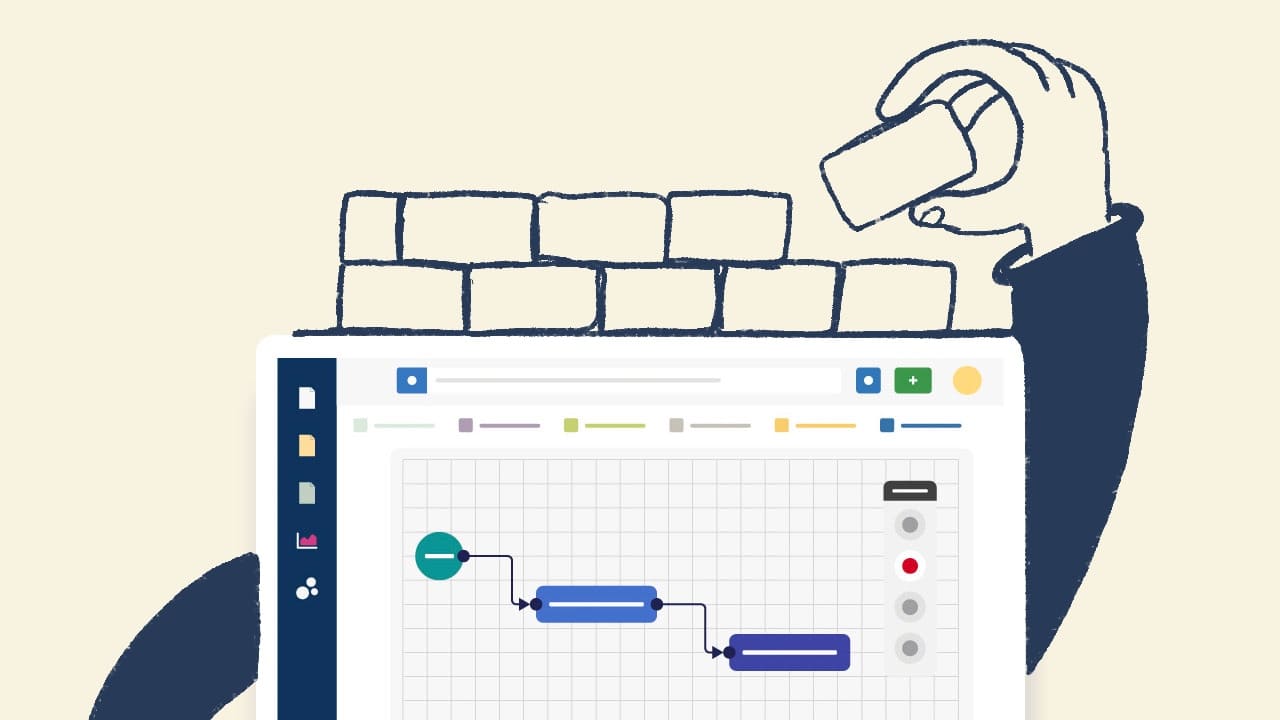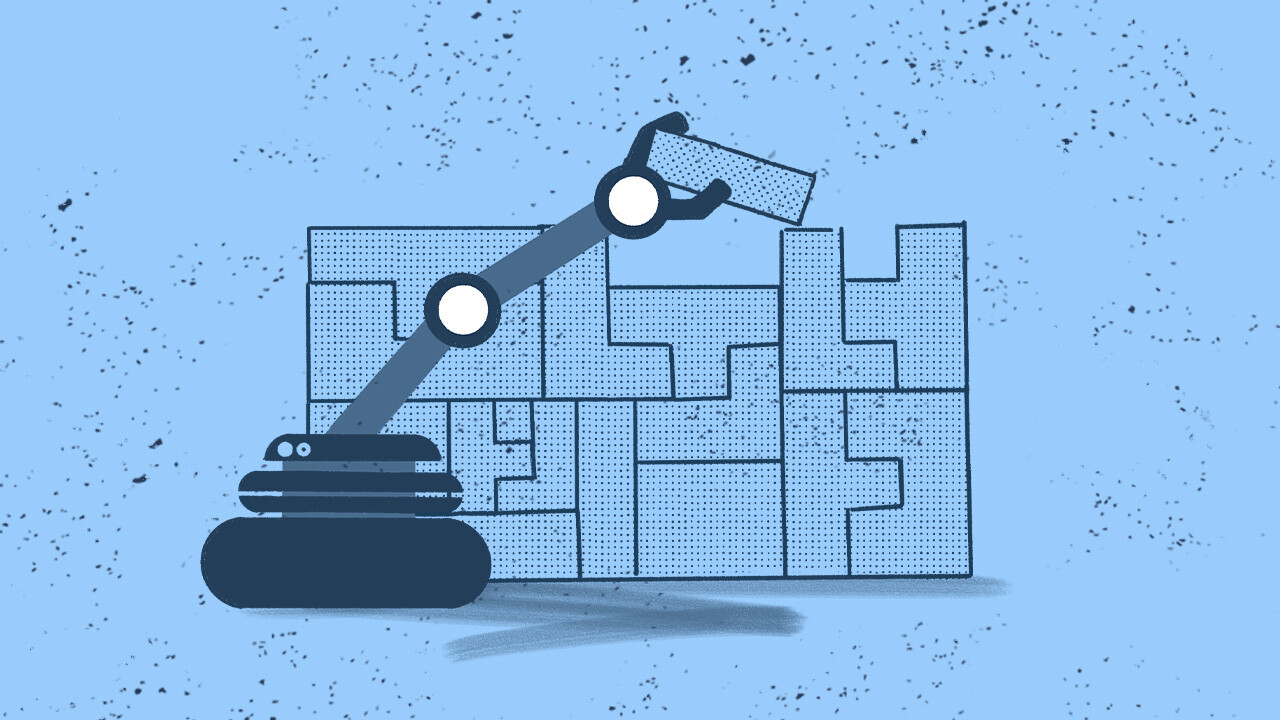Change Management is a common term among business leaders, but what does it actually involve? It's well known that organizations need to adapt quickly to stay competitive. This is where a Change Manager steps in.
Transitional periods can be challenging. You could be implementing new software, restructuring teams, or rolling out new business strategies. Having a dedicated professional guide these change processes can make all the difference.
Let's explore what a Change Manager does, the skills they bring to the table, and how they help organizations thrive in times of change.
Understanding Change Management
Change Management represents the artful and strategic orchestration of people, processes, and technology in organizational transitions. It involves guiding entities from their current state to a desired future state in a structured manner.
Effective Change Management ensures that changes are smoothly implemented, reducing resistance and enhancing stakeholder acceptance.

Benefits of effective Change Management
There are numerous Change Management has many benefits, including:
-
Improved IT service quality and reliability: By systematically managing changes, organizations can enhance the quality and reliability of IT services.
-
Enhanced customer satisfaction and loyalty: Satisfied customers are more likely to remain loyal to the company, resulting from seamless and well-communicated changes.
-
Reduced costs and improved IT budgeting: Proper Change Management minimizes disruptions, reducing the costs associated with IT issues and improving overall efficiency.
-
Alignment with business objectives: Aligning IT services with business strategies ensures that technological changes support organizational goals.

The role of a Change Manager
As we mentioned, there are many responsibilities associated with Change Management. That's why having someone dedicated to this role can really make a difference.
A specialized person helps ensure smooth transitions and helps when you need to implement new business processes, allowing the organization to adapt more easily to change.
Their key responsibilities of a Change Manager include:
- Develop and implement Change Management strategies, and plans that maximize employee adoption and usage of required changes.
- Anticipate and minimize resistant behaviors from employees and stakeholders who are impacted by the changes.
- Work with project managers and project teams to integrate Change Management processes with their project plans and internal processes.
- Support and coach people, managers, and supervisors as they help their teams through their transitions.
Essential skills for a Change Manager include:
- Exceptional communication skills: Clearly conveying the reasons for change and the benefits to all stakeholders.
- Risk mitigation tactics: Identifying and addressing potential risks associated with changes.
- Strategic vision: Understanding the long-term impact of changes and aligning them with organizational goals.
Difference between Change Manager and Project Manager
Change Managers and Project Managers both play crucial roles in organizational change, but their focus areas differ significantly. Change Managers focus on the people side of change, ensuring that changes are smoothly integrated and sustained within the organization. They aim to drive change adoption, minimize resistance, and enable employees to transition effectively.
In contrast, Project Managers concentrate on completing projects on time, within budget, and according to specifications. Their primary objective is to deliver the project outputs and meet the defined requirements.
Despite these differences, both roles are essential for successful organizational change. Change Managers ensure that the people side of change is managed effectively, while Project Managers ensure that the project deliverables are met. In practice, these roles often overlap, and effective organizational change usually requires a collaborative effort between them.
Organizational Change vs ITIL Change
Change Managers should be well-versed in both organizational change and ITIL Change Management. These two areas, while related, have distinct characteristics and requirements. Let's break down each type and understand their differences.
Organizational Change
Organizational change refers to the various ways an organization can evolve to improve its operations and achieve its goals. Here are the three most common types:
-
Developmental change: This type focuses on enhancing existing processes or structures. For example, a company might streamline its customer service procedures to improve response times.
-
Transitional change: This involves implementing new processes or technologies to replace old ones. An example would be transitioning from a traditional filing system to a digital document management system.
-
Transformational change: This is a complete overhaul of business strategies and operations. For instance, a company might shift from a product-based business model to a service-oriented one, fundamentally changing how it operates and competes in the market.
ITIL Change Management
In contrast to the broader scope of organizational change, ITIL (Information Technology Infrastructure Library) Change Management focuses specifically on changes within IT services and infrastructure. The ITIL framework categorizes changes into three types:
- Standard changes: These are pre-approved, low-risk changes that follow established procedures. For example, routine software updates that have been tested and approved for deployment.
- Normal changes: These changes go through the organization's formal Change Management strategy, including risk assessment, approval, and testing. An example would be upgrading a server that supports critical business functions.
- Emergency changes: These are unplanned changes required to resolve major incidents or outages. For instance, a security patch can be applied to fix a vulnerability that is actively being exploited.
Furthermore, we should discuss the Change Advisory Board (CAB) in ITIL, which is integral to the Change Management process. The CAB consists of representatives from different business units and IT teams who evaluate proposed changes and assess their potential impact.
This collaborative approach ensures diverse perspectives are considered, enabling informed decisions that align with organizational objectives. The CAB helps enhance the overall effectiveness of change initiatives while minimizing risks and disruptions.

The Change Management process
The Change Management process involves a set of practices designed to manage IT services and align them with business objectives. This includes processes, policies, and procedures to ensure that changes meet business needs.
Steps involved in the Change Management process
- Service strategy: Defining IT services and aligning them with business objectives.
- Service design: Planning and designing IT services and their delivery.
- Service transition: Implementing and testing IT services.
- Service operation: Delivering and maintaining IT services.

Overcoming resistance to change
Resistance to change is a common challenge, often stemming from fear of the unknown or discomfort with new processes.
Effective communication and stakeholder engagement are crucial in overcoming resistance to change. It helps to build trust and ensures that everyone is aligned with the change initiative.
Strategies for overcoming resistance:
- Effective communication: Clearly explaining the reasons for change and its benefits.
- Involving key stakeholders: Engaging stakeholders in the Change Management process to gain their support.
- Providing training and support: Helping employees adapt to changes through training and ongoing support.

Measuring Change Management success
Change Management initiatives can be challenging to quantify, but there are several key metrics that can help evaluate the success of a Change Management program:
- Change Management cycle time: The time taken to implement changes.
- Post-release incidents: The number of issues that arise after changes are implemented.
- Adherence to processes: The degree to which processes are followed.
The performance of a Change Manager can be evaluated based on their ability to implement strategies, manage change processes, and effectively engage with key stakeholders.
A Change Manager's success heavily depends on their ability to build buy-in and support from key stakeholders, both at the leadership and employee levels. Their interpersonal and influencing skills are critical.

Essential tools for Change Managers
Change Managers have various tools at their disposal to help them effectively plan, execute, and monitor organizational changes. Here are some of the key tools that are commonly used:
-
ITSM Systems
ITSM (IT Service Management) tools, such as InvGate Service Management or Jira Service Desk, provide a centralized platform for managing IT-related changes. These solutions allow Change Managers to log, track, and approve changes to IT services, ensuring a standardized and controlled change process.
-
Scheduling tools
Scheduling tools, like Microsoft Project or Asana, enable Change Managers to plan and schedule the various activities involved in a change initiative. These tools help coordinate timelines, resources, and dependencies to ensure the change is implemented efficiently.
-
Configuration Management Database (CMDB)
A CMDB stores information about an organization's IT assets and their relationships. Change Managers use the CMDB to track and manage the Configuration Items (CIs) that may be impacted by a proposed change, helping to assess the change's scope and potential risks.
-
Risk assessment tools
Risk assessment tools, such as risk matrices or Monte Carlo simulations, allow Change Managers to identify, analyze, and mitigate the risks associated with changes. This helps them proactively address potential issues and ensure a smoother change implementation.
-
Project Management tools
Integrating Change Management with Project Management tools and methodologies, like Agile or Waterfall, helps align the change initiative with broader organizational projects and initiatives. This ensures the change is implemented in a coordinated and holistic manner.
-
Decision support tools
Decision support tools, such as cost-benefit analysis templates or change impact assessments, assist Change Managers in making informed, data-driven decisions about the change. These tools help evaluate the potential benefits, costs, and impacts of the proposed change.
-
AI tools
Data analytics and AI software enhance Change Management by providing insights that inform the planning, execution, and evaluation of change initiatives. These technologies enable more accurate predictions and better decision-making.

Best practices for Change Managers
Here are some strategies for successful Change Management:
- Stay ahead of the curve: Keep up with industry trends and best practices.
- Foster strong communication: Ensure clear and consistent communication throughout the change process.
- Build robust networks: Develop relationships with key stakeholders and change agents.
- Embrace flexibility: Adapt strategies as needed to address emerging challenges.
- Promote a culture of continuous learning: Encourage ongoing career development and learning.
Conclusion
Change Managers play an important role in guiding organizations through transitions. Their expertise in developing strategies, managing resistance, and aligning changes with business objectives enables companies to adapt and grow in a rapidly changing environment.
Reflecting on our discussion, it’s clear that Change Management involves much more than just implementing processes. It requires a thoughtful approach to fostering growth and resilience within an organization.
If you're ready to embrace Change Management principles, having someone in this role who supports adaptation and improvement will help you view every change as an opportunity for progress. With the right support, organizations can effectively navigate transitions and thrive.
Frequently asked questions
What does a Change Manager do?
A Change Manager develops strategies to guide organizations through transitions, manages resistance, and aligns changes with business goals to ensure successful implementation.
Why is Change Management important?
Effective Change Management helps organizations adapt to new processes, technologies, or structures, minimizing disruption and resistance while maximizing the potential for growth.
What is a business change manager?
A business change manager oversees the implementation of change initiatives within an organization. They ensure that changes align with strategic objectives and effectively communicate them to stakeholders. Their role includes assessing impacts, minimizing resistance, and providing support to foster a positive culture for successful change adoption.
What is a change manager in ITIL?
In ITIL, a change manager is responsible for overseeing the Change Management process within IT. They evaluate change requests, assess their impact on services, and coordinate with teams to ensure changes are implemented systematically. The change manager aims to minimize disruption while maximizing the benefits of changes in IT services.














.jpg?upsize=true&upscale=true&width=780&height=205&name=ITIL%20Foundation%20Exam%20(2).jpg)
